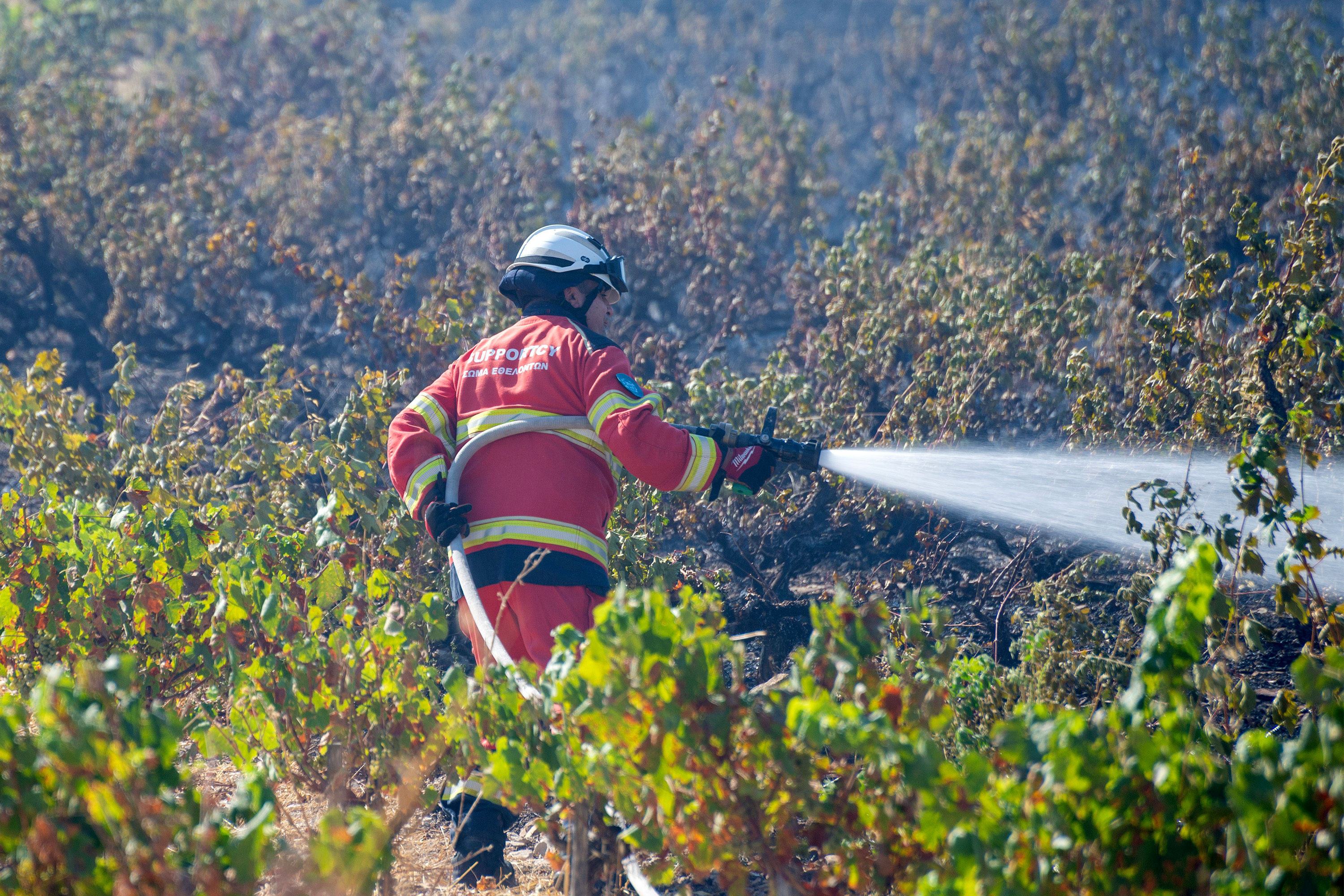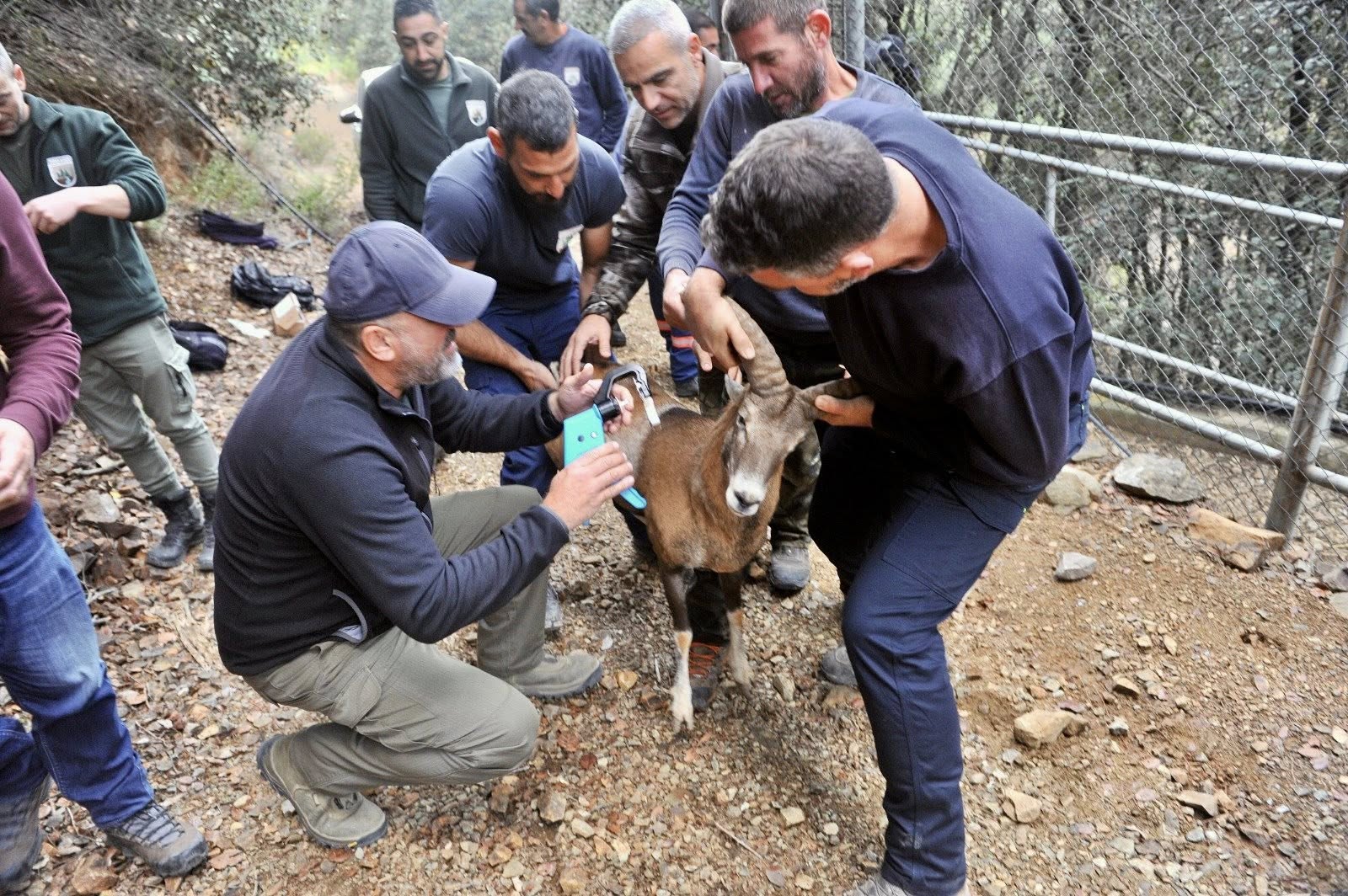A report detailing the extent of the damage and the funds required to restore the Cyprus University of Technology (Tepak) farm in Lofou has already been submitted to the university’s rectorate.
The Department of Agricultural Sciences, Biotechnology and Food Science prepared the report, according to professor Demetris Tsaltas.
Tsaltas said that the estimated amount needed is approximately €80,000, primarily for equipment destroyed by the deadly wildfire in Limassol, while the coming weeks will show which plants will need to be replaced.
The university farm, which was affected by the wildfire that broke out on July 23 in the wine villages of Limassol, consists of a total of 16 hectares of cultivated land, as well as greenhouse facilities, offices, storage areas and water tanks.
Moreover, Tsaltas explained that many damages were caused due to the extremely high temperatures that developed when the fire surrounded the farm.
He said that in several cases the fire did not touch the crops, which include vineyards, almond trees, olive trees and fruit-bearing plants, but flames from the burning of dry branches deliberately placed on the soil to retain moisture scorched the exterior of plants.
Tsaltas pointed out that this will result in the loss of this year’s production, while next year’s yield is also expected to be reduced.
Students preparing to present the results of their research work through projects at the farm were also affected by the destruction.
Tsaltas said that efforts are being made to save whatever can be salvaged by watering some of the plants manually so that these students can continue their work.
Speaking to the Cyprus News Agency (CNA), Tsaltas said that the goal is to ensure the least possible impact on the research and teaching work at the farm during the 2025–26 academic year and to return the farm to full operation in 2026–27.
He emphasised that this will depend on how quickly the procedures for releasing the restoration funds proceed so that the purchase of equipment and materials destroyed by the fire can also move forward.
From the first inspections carried out by the department staff at the farm, Tsaltas said that there were some positive indications as they found that trees which externally appeared damaged still showed signs of life.
However, he added, several more weeks or even months will be needed to determine which plants can truly recover and which will be in a condition useful for the work of a model university farm.
Tsaltas stressed that the winter months and especially the following spring will be crucial.
He added that students will have the opportunity to practise the type of pruning required for trees that survive such a disaster.
Regarding the farm’s equipment, Tsaltas said that items located outdoors, such as water hoses, irrigation tools and tanks, were completely destroyed, mainly due to the extremely high temperatures.
He added that equipment kept indoors, such as computers and microscopes, was not affected.
Asked whether the high temperatures also affected soil quality, Tsaltas said that the main impact on the soil is the accumulation of pollutants and foreign materials in the burned area, with toxic substances responsible for deposits that can even seep into groundwater.
Tsaltas also referred to recent discussions about whether well-maintained vineyards can protect against fire, noting that when these are isolated crops surrounded by uncultivated areas, they may indeed limit the spread of the fire, but production will still be affected by heat stress.
He stressed that it is important to preserve the character of cultivated areas and keep them in agricultural use rather than for other purposes. Otherwise, scattered crops will remain vulnerable to disasters, he said.
Finally, Tsaltas said that grazing is also an important factor for cleaning low vegetation so that it does not become fuel.







Click here to change your cookie preferences